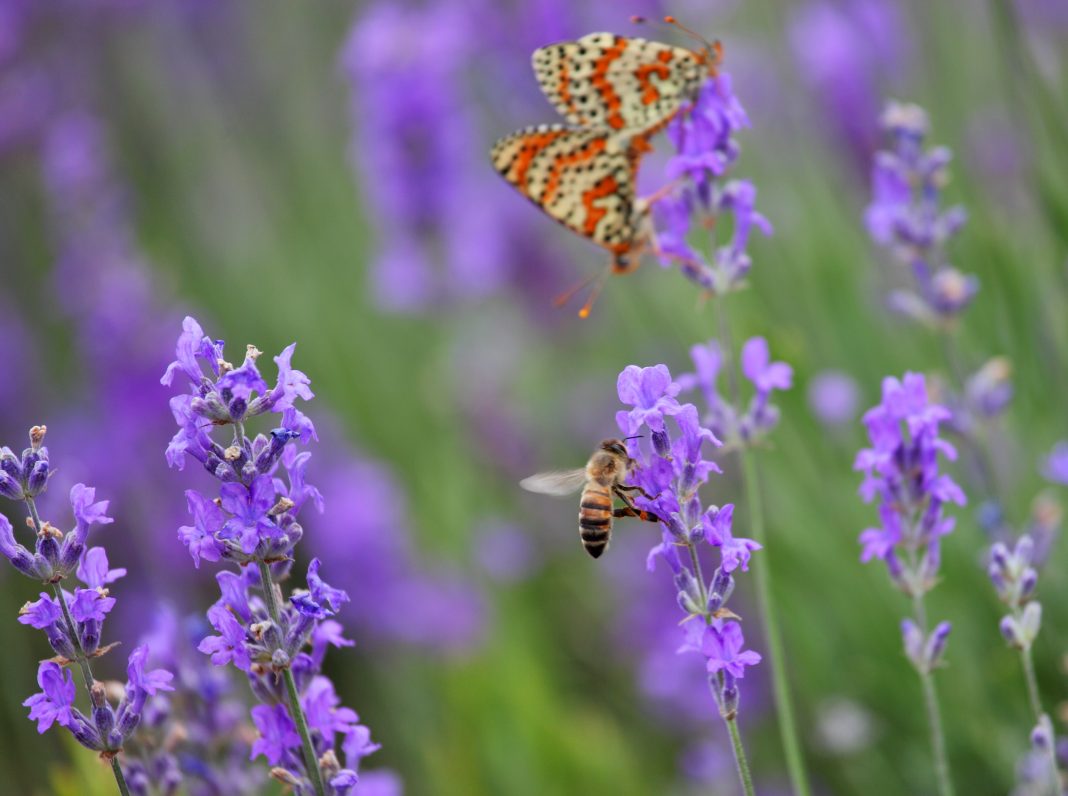Over 50 experts say reversing biodiversity loss will take take more than placing protection on land and sea zones
Setting aside 30% of the worlds land and oceans is just measure one of the 21 targets in the first draft of the Global Biodiversity Framework (GBF), however experts are saying even this isn’t enough to stop what has been labelled a ‘biodiversity crisis.’
Scientists have outlined that in order to halt the ongoing progression of climate change and biodiversity loss, there needs to be a successful, coordinated action across a diverse, interconnected set of “transformative changes.”
These “changes” would include massive reduction in harmful agricultural and fishing practices, extreme changes to the culture of overconsumption that has been bred in the last few decades and holding climate to 1.5°C.
50 scientists from 23 countries
Wednesday 19th January 2022 has seen 50 scientists from 23 countries deliver to governments a comprehensive set of information titles ‘post 2020 Global Biodiversity Framework’ designed to inform and influence the climate regulations being negotiated under the UN Convention on Biological Diversity (CBD) and scheduled for adoption later this year at a world biodiversity summit in China.
Coordinated by two international science bodies: bioDISCOVERY and the Group on Earth Observations Biodiversity Observation Network (GEO BON), this research is shining a light on the ways our current climate efforts are simply not doing enough to protect the future of our planet.
Protecting 30% of all land and seas is important
Paul Leadley, an assessment leader, past chair of bioDISCOVERY, has openly stated that although the target of protecting 30% of all land and seas is important and attracting a lot of attention, it is “far short of what’s needed to halt and reverse biodiversity loss.”
He has pointed out that there is “very good evidence that we will fail again to meet ambitious international biodiversity objectives if there’s too much focus on protected areas at the expense of other urgent actions addressing the threats to biodiversity.”
The team have pointed out that there is no single goal that will reverse the damage done, we need to “recognise the complex relationships among targets, millstones and goals and undertake our planning and actions in an integrated manner”.
Leadley further said: “Deep changes are necessary and will greatly benefit people in the long run.”
“deep changes are necessary and will greatly benefit people in the long run.”
The study has pointed out that none of the GBF targets that address these direct threats to biodiversity will alone contribute more than 15% of what’s needed to reach the world’s ultimate goals for ecosystems, species and genetic diversity.
Other climate goals and statistics have been previously explored and set out through the 2021 IPCC report. Put forward by over 700 scientists in an effort to halt the damage done to the climate and oceans, the report lay out the facts of what we can expect to see in the next few years due to climate change. With a similar intensity to the Global Biodiversity Framework (GBF) report, both studies show it is clear changes must be made, and soon.
The groups key ideals and conclusions
- Success requires transformative change.
- Action must be coordinated at every scale, with progress assessed frequently.
- Substantial investment in better monitoring is needed to guide effective action.
- Act now, and sustain it to ensure recovery.
Co-author Maria Cecilia Londoño Murcia of the Humboldt Institute, Colombia, said: “The sooner we act the better. Time lags between action and positive outcomes for biodiversity can take decades so we must act immediately and sustain our efforts if we are to reach the global goals by 2050.”











